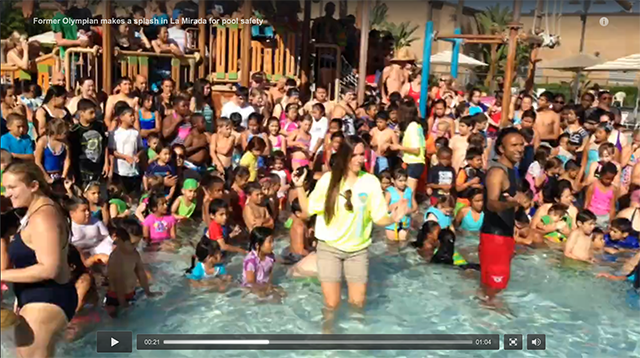
Videolicious expands storytelling at the Los Angeles Times
Matt Singer is CEO of Videolicious, a Knight Foundation investment through its venture capital initiative, the Knight Enterprise Fund. This is part three of five in a series exploring ways journalists are using Videolicious to enhance storytelling. Videolicious is available for iOS.
Los Angeles Times Photography Director Mary Cooney sees the intrinsic value of video in delivering high-quality journalism to the paper’s audience, calling it “incredibly important.” READ THE COMPLETE SERIES
“Atlanta Journal-Constitution engages readers with Videolicious reports” by Matt Singer on Knight Blog, 12/22/14
“St. Louis Post-Dispatch uses Videolicious to help increase audience” by Matt Singer on Knight Blog, 12/15/14
“Videolicious expands storytelling at the Los Angeles Times” by Matt Singer on Knight Blog, 12/08/14
“KCCI reporter uses Videolicious to hep promote stories” by Matt Singer on Knight Blog, 12/01/14
“Videolicious helps add depth to local reports at the San Francisco Chronicle” by Matt Singer on Knight Blog, 11/25/14
Improved smartphone cameras have given the Times more options for visual storytelling. From short video news reports created with Videolicious software on iPhones to more in-depth documentary video using traditional production tools, Cooney and her team decide which tools best suit each story, and which stories are best told using video. “Often we want the video as the focal point when it’s the best piece of journalism we have on the subject,” says Cooney.
Mark Boster is one of the Times journalists now creating more video. A veteran photographer who has worked for the paper since 1983, Boster recently shot a video interview of former Olympic gold medalist Janet Evans, who joined hundreds of swimmers trying to set a new world record for the largest swim lesson. Boster and his colleagues immediately recognized the opportunity for a great visual story.
“The scale of this undertaking was perfect for a short video and loaded with visual potential with kids swimming, splashing and making lots of noise,” he says.
Reporting under deadline, Boster had to create the content as quickly as possible: “I was given this story while driving into work.” He used his high-end DSLR to take photos, transferring them to his iPhone via Wi-Fi card. The interview was shot with Boster’s iPhone, without additional microphones or lighting. He then combined the interview video with the still photos using Videolicious on his iPhone.
“The entire process took about 15-minutes while I sat in a fast-food restaurant eating my lunch,” he says. The final video was automatically sent from Videolicious to his photo assignment editor, and uploaded to the Times’ website within the hour.
“If a 60-year-old photojournalist like me who started his career processing black-and-white film [by hand] can do this, anyone can,” says Boster.
There’s another benefit to the Times’ investment in video creation, says Cooney: “Offering more videos leads to more video views.” She explains that the Times is working to build “a culture of viewing” by offering multiple video types, from brief feature pieces to complex, in-depth reports.
Video can “really enhance the storytelling,” says Cooney. More video has also brought more partnership opportunities; for example, videos created by the Times can now be viewed on consumer video platforms, including Direct TV, Hulu, and Roku.
Recent Content
-
Journalismarticle ·
-
Journalismarticle ·
-
Journalismarticle ·


